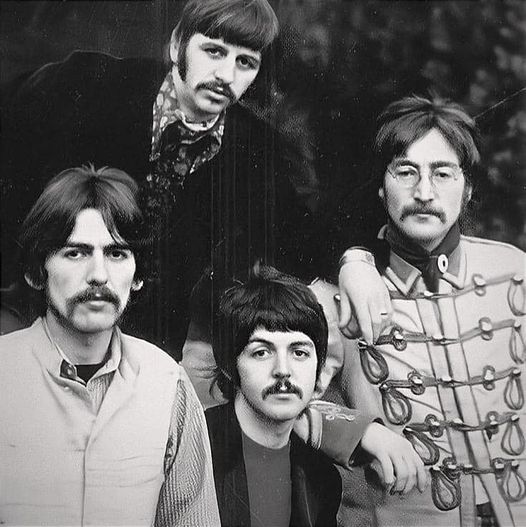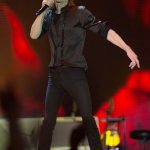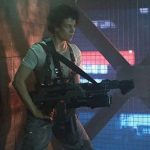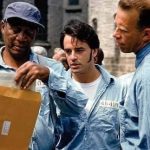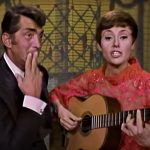“Strawberry Fields Forever” is one of The Beatles’ most iconic and innovative songs, marking a significant departure from their earlier work and heralding the beginning of their psychedelic era. Written by John Lennon and released as a double A-side single with “Penny Lane” in 1967, the song is a deeply personal reflection of Lennon’s childhood memories intertwined with surrealistic and introspective themes. Its groundbreaking production and hauntingly beautiful composition make it a standout track in The Beatles’ illustrious catalog.
The inspiration for “Strawberry Fields Forever” came from Lennon’s memories of playing in the garden of Strawberry Field, a Salvation Army children’s home near his childhood home in Liverpool. This nostalgic backdrop provided the perfect setting for Lennon’s introspective lyrics, which explore themes of reality, perception, and self-identity. The song’s opening lines, “Let me take you down, ’cause I’m going to Strawberry Fields,” immediately draw the listener into a dreamlike world where nothing is quite as it seems.
Musically, “Strawberry Fields Forever” is a testament to The Beatles’ innovative spirit and their willingness to push the boundaries of popular music. The track is characterized by its rich, layered instrumentation and complex structure, which was achieved through extensive studio experimentation. The song’s distinctive sound is a result of combining multiple takes and utilizing advanced recording techniques, orchestrated by producer George Martin and engineer Geoff Emerick.
The recording process for “Strawberry Fields Forever” was notably intricate and time-consuming. Lennon recorded numerous takes of the song, each with different arrangements and instrumentation. Unsatisfied with any single version, he asked Martin to merge the best parts of two different takes. Despite the takes being in different keys and tempos, Martin and Emerick ingeniously combined them using varispeed tape manipulation, creating a seamless final version that is both cohesive and otherworldly.
The song’s instrumentation is a rich tapestry of sounds, featuring Mellotron, cellos, trumpets, and various percussive elements. The Mellotron, played by Paul McCartney, provides the eerie, flute-like intro that sets the tone for the rest of the track. Harrison’s guitar work, combined with Lennon’s ethereal vocals and the orchestral arrangements, contributes to the song’s psychedelic atmosphere. The use of backward tapes and other studio effects further enhances the surreal quality of the music.
